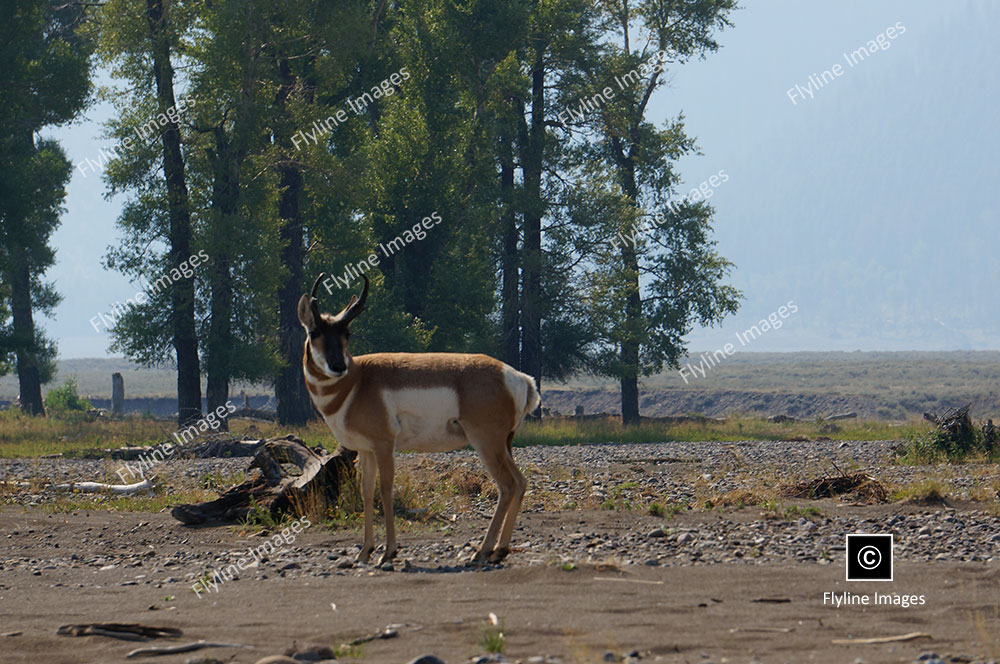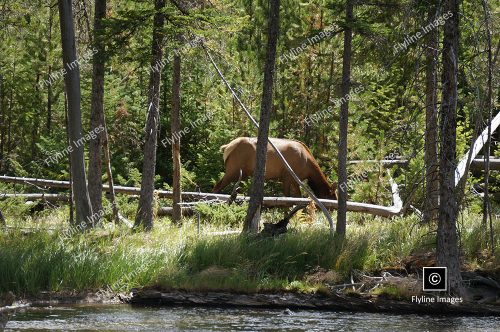Yellowstone Antelope In The Lamar Valley
Yellowstone Antelope 16
$5.00
Description
Purchase this photo for your use. This photo was taken in Yellowstone National Park. The photo shows a beautiful Antelope in the Lamar Valley.
Image & Download Information
For this product, we have provided 3 image size options, Large 4000 x 2500, Medium 2000 x 1250 and Small 1000 x 625. When you purchase this photo, you will receive an email confirmation of your order. That email will summarize your purchase and provide you with the download links for the images and videos you purchased.
MORE ABOUT THIS PHOTO
Overall, the pronghorn serves as a symbol of resilience and adaptability in the face of challenges. With continued conservation efforts, it is hoped that this iconic species will continue to thrive within the wild landscapes of Yellowstone National Park for generations to come. But beyond just protecting this one particular species, preserving the pronghorn also has wider implications for the ecological health of the entire Yellowstone ecosystem.
The pronghorn is a key player in maintaining balance and diversity within the park. As grazers, they play an important role in shaping vegetation patterns and providing food for predators such as wolves. Their annual migration also helps to disperse nutrients throughout the landscape, aiding in plant growth and soil health.
In addition, the pronghorn’s ability to adapt and thrive in harsh environments has inspired scientists and conservationists to study their unique physiological and behavioral adaptations. They have been found to have the fastest land speed of any mammal in North America, reaching up to 55 miles per hour. This incredible speed is crucial for escaping predators and navigating their vast migratory routes. Their light weight and efficient digestive system also allow them to survive in areas with sparse vegetation, making them an important species for maintaining healthy grasslands.
The pronghorn’s resilience and adaptability make them a valuable lesson in conservation efforts. By preserving their habitat and protecting their migratory routes, we not only ensure the survival of this iconic species but also help maintain the delicate balance of the entire ecosystem.






